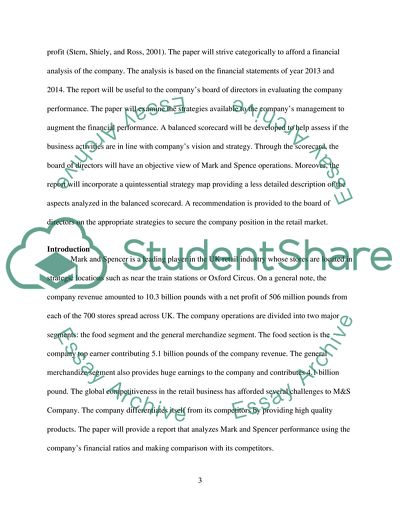Cite this document
(Financial analysis performance of M&S company Coursework, n.d.)
Financial analysis performance of M&S company Coursework. https://studentshare.org/finance-accounting/1880452-financial-analysis-performance-of-ms-company
Financial analysis performance of M&S company Coursework. https://studentshare.org/finance-accounting/1880452-financial-analysis-performance-of-ms-company
(Financial Analysis Performance of M&S Company Coursework)
Financial Analysis Performance of M&S Company Coursework. https://studentshare.org/finance-accounting/1880452-financial-analysis-performance-of-ms-company.
Financial Analysis Performance of M&S Company Coursework. https://studentshare.org/finance-accounting/1880452-financial-analysis-performance-of-ms-company.
“Financial Analysis Performance of M&S Company Coursework”. https://studentshare.org/finance-accounting/1880452-financial-analysis-performance-of-ms-company.


